Awards
The first recognized award Perkins received was the "Newspaper Photographer of the Year" by the National Press Photographers Association in 1994. [4] This was given for a portfolio that included photographic projects in Russia as well as several images from New York City fashion shows. A year later, in 1995, Perkins and fellow Post reporter Leon Dash were presented a Pulitzer Prize in the category Explanatory Journalism for their four-year investigation of the consequences of poverty, illiteracy, crime and drug abuse had on a three generation family living in the District of Columbia. [5] In 1996, Perkins won the World Press Photo of the year award for his well-known photograph of a young boy looking out a window on a bus full of refugees, leaving Chechnya, Russia. [6] In describing the image, The World Press Photo association said "The boy's expression mirrored all that Perkins had experienced and seen himself, and leaning out of his car, he attempted to steady his camera, focus and shoot. He says he knew this was a special image, mostly because of the symbolic meaning it had for him, but it was not an image he believed would win a contest." Five years later, Perkins once again shared a second Pulitzer Prize in 2000 in the category Feature Photography with fellow Post photographers Carol Guzy and Michael Williamson. They were awarded for their heartbreaking photos illustrating the plight of Kosovo refugees.
Other work
In 1995, Lucian Perkins co-founded InterFoto, an international photojournalism conference located in Moscow with free-lance photographer Bill Swersey. InterFoto was the biggest professional photography exposition in Russia, the Baltic States and CIS countries from 1994 to 2004. The conference explored the Russian photographic community, uniting local, regional and international societies of photographers, photography editors, curators, and industrial leaders to swap ideas, share and educate others on the art of professional photography. In 1996 Perkins and Leon Dash published a book illustrating their Pulitzer Prize–winning investigation titled Rosa Lee : A Mother and Her Family in Urban America. [7] In 1998, Perkins published his next book Runaway Madness, [8] and had it exhibited nationally. The book has over 100 images of a behind-the-scenes story of a popular New York fashion event. Perkins photographed models Kate Moss, Naomi Campbell, Shalom Harlow, Christy Turlington and more behind the curtain. Perkins also photographed fashion journalists, fashion editors and buyers as well as the audience. Later, Perkins curated the book and founded the exhibit, Chronicles of Change, [9] which held much Russian photography. Perkins first went to Russia in 1988 to cover a summit between Ronald Reagan and Mikhail Gorbachev but ended up spending over a month in the country. Later he went back in 1993 and spent much time with a number of Russian photographers during his six-month visit, which led him to Chronicles of Change.
Displayed and Exhibited Work
Perkins has had work displayed in museums both in and outside the United States. Internationally, these places would include: World Press Museum in Amsterdam, The ART in Embassies Program in Sarajevo, Bosnia, Havana, Cuba, Tokyo, Japan and Ankara, Turkey. In the United States, Perkins has work displayed in The Southeast Museum of Photography in Daytona Beach, Newseum in Washington DC, San Francisco and New York City. He also has exhibits in The American Textile History Museum in Lowell Massachusetts, The Boca Raton Museum of Art in Florida and The Flint Institute of Arts in Flint, Michigan.

The Pulitzer Prize for Breaking News Photography is one of the American Pulitzer Prizes annually awarded for journalism. From 2000 it has used the "breaking news" name but it is considered a continuation of the Pulitzer Prize for Spot News Photography, which was awarded from 1968 to 1999. Prior to 1968, a single Prize was awarded for photojournalism, the Pulitzer Prize for Photography, which was replaced in that year by Pulitzer Prize for Spot News Photography and Pulitzer Prize for Feature Photography.

Photojournalism is journalism that uses images to tell a news story. It usually only refers to still images, but can also refer to video used in broadcast journalism. Photojournalism is distinguished from other close branches of photography by having a rigid ethical framework which demands an honest and impartial approach that tells a story in strictly journalistic terms. Photojournalists contribute to the news media, and help communities connect with one other. They must be well-informed and knowledgeable, and are able to deliver news in a creative manner that is both informative and entertaining.
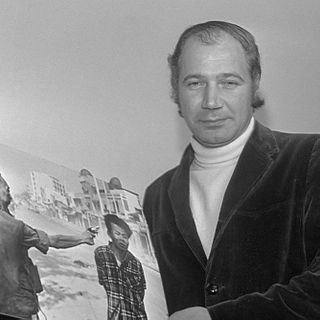
Edward Thomas Adams was an American photographer and photojournalist noted for portraits of celebrities and politicians and for coverage of 13 wars. He is best known for his photograph of the execution of Nguyễn Văn Lém, a Viet Cong prisoner of war, for which he won the Pulitzer Prize for Spot News Photography in 1969. Adams was a longtime resident of Bogota, New Jersey.
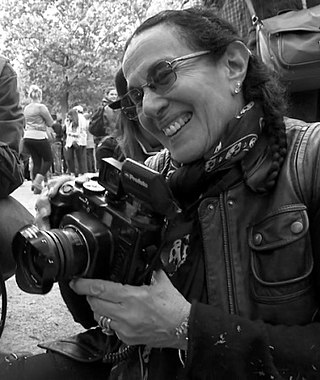
Mary Ellen Mark was an American photographer known for her photojournalism, documentary photography, portraiture, and advertising photography. She photographed people who were "away from mainstream society and toward its more interesting, often troubled fringes".
The Pulitzer Prizes for 1995 were announced on April 18, 1995:

Fine-art photography is photography created in line with the vision of the photographer as artist, using photography as a medium for creative expression. The goal of fine-art photography is to express an idea, a message, or an emotion. This stands in contrast to representational photography, such as photojournalism, which provides a documentary visual account of specific subjects and events, literally representing objective reality rather than the subjective intent of the photographer; and commercial photography, the primary focus of which is to advertise products or services.

David Hume Kennerly is an American photographer. He won the 1972 Pulitzer Prize for Feature Photography for his portfolio of photographs of the Vietnam War, Cambodia, East Pakistani refugees near Calcutta, and the Ali-Frazier fight in Madison Square Garden. He has photographed every American president since Lyndon B Johnson. He is the first presidential scholar at the University of Arizona.
Fred Ritchin is dean emeritus of the International Center of Photography (ICP) School. Ritchin was also the founding director of the Documentary Photography and Photojournalism Program at the School of ICP and was appointed dean in 2014. Prior to joining ICP, Ritchin was professor of photography and imaging at New York University's Tisch School of the Arts, and co-director of the NYU/Magnum Foundation Photography and Human Rights educational program. He has worked as the picture editor of The New York Times Magazine (1978–1982) and of Horizon magazine, executive editor of Camera Arts magazine (1982–1983), Ritchin has written and lectured internationally about the challenges and possibilities implicit in the digital revolution.

Esther Bubley was an American photographer who specialized in expressive photos of ordinary people in everyday lives. She worked for several agencies of the American government and her work also featured in several news and photographic magazines.
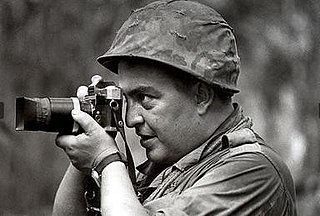
Horst Faas was a German photo-journalist and two-time Pulitzer Prize winner. He is best known for his images of the Vietnam War.
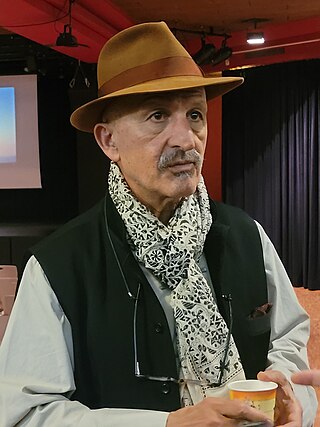
Reza Deghati is an Iranian-French photojournalist.

David Leeson was a staff photographer for The Dallas Morning News. He won the Pulitzer Prize for Breaking News Photography in 2004, together with Cheryl Diaz Meyer, for coverage of the Iraq War. He also received the RTNDA Edward R. Murrow Award, the National Headliner Award, and a regional Emmy Award in 2004 for his work as executive producer and photographer for the WFAA-TV documentary "War Stories."
Ellis (Eli) Reed is an American photographer and photojournalist. Reed was the first full-time black photographer at Magnum Agency and is the author of several books, including Beirut: City of Regrets and Black In America.

Richard Steven Street is an American photographer, historian and journalist of American farmworkers and agricultural issues. He is well known for his multi-volume history of California farmworkers and photo essays.
Carol Guzy is an American news photographer. Guzy worked as a staff photographer for the Miami Herald from 1980 to 1988 and The Washington Post from 1988 to 2014. As of April 2022, Guzy is a contract photographer for ZUMA Press.
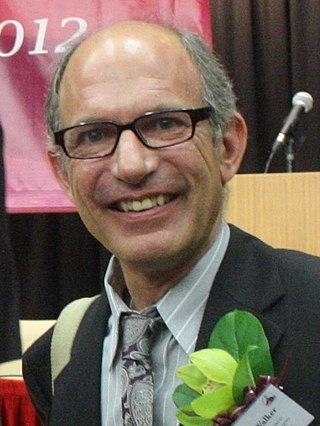
Craig F. Walker is an American photojournalist. In 2010, Walker won the Pulitzer Prize for Feature Photography "for his intimate portrait of a teenager who joins the Army at the height of insurgent violence in Iraq, poignantly searching for meaning and manhood. In 2012 he won again the same prize in the category “Feature Photography”" for his photodocumentary "Welcome Home". He is on staff of Boston Globe.

Eliot Elisofon was an American documentary photographer and photojournalist.
Renée C. Byer (1958) was born in Yonkers, New York.

Oded Balilty is an Israeli documentary photographer. He is an Associated Press (AP) photographer and won the Pulitzer Prize for Breaking News Photography in 2007.
This page is based on this
Wikipedia article Text is available under the
CC BY-SA 4.0 license; additional terms may apply.
Images, videos and audio are available under their respective licenses.
















